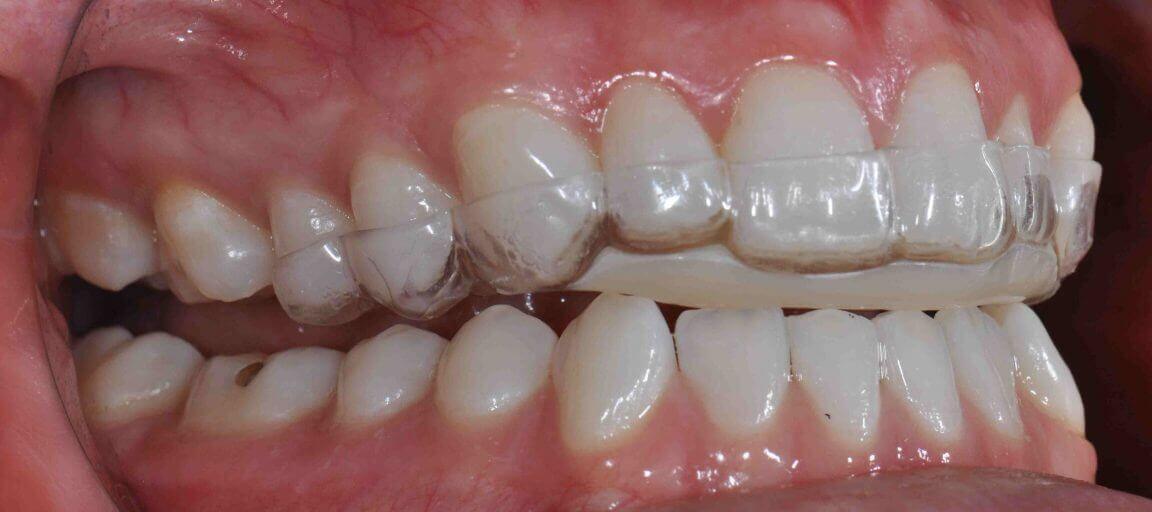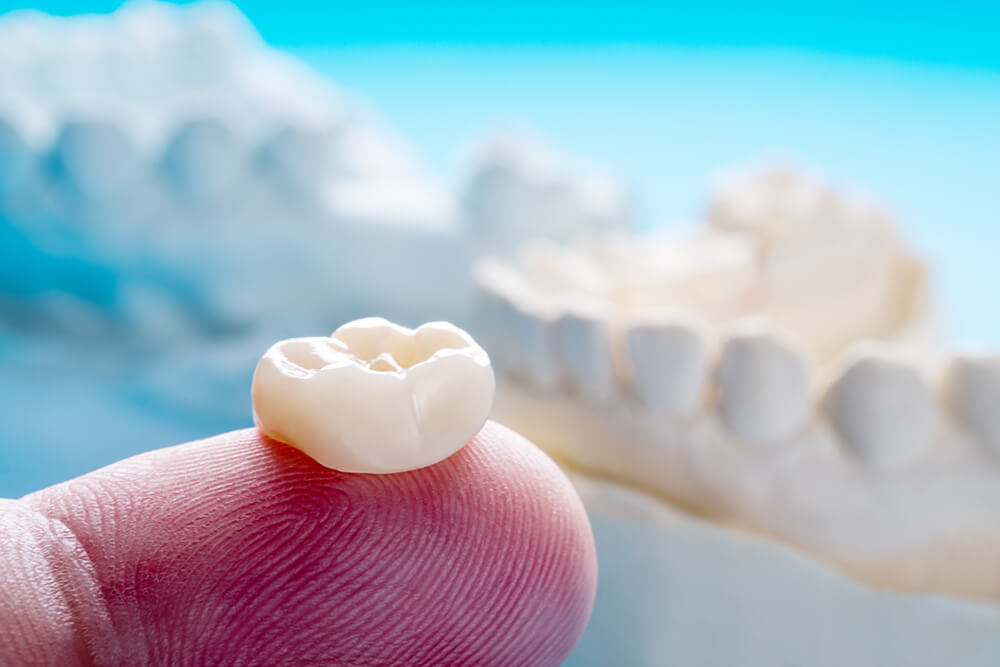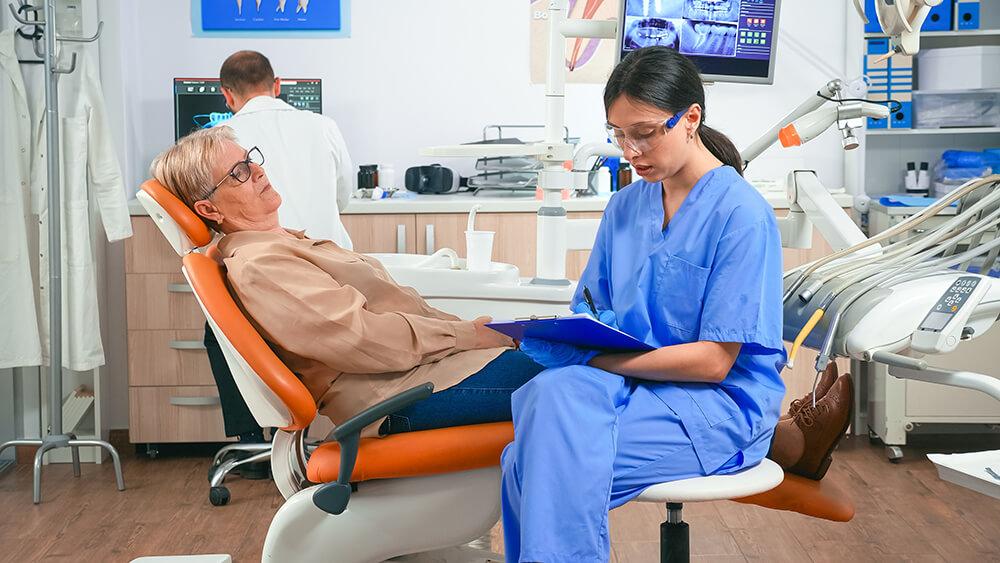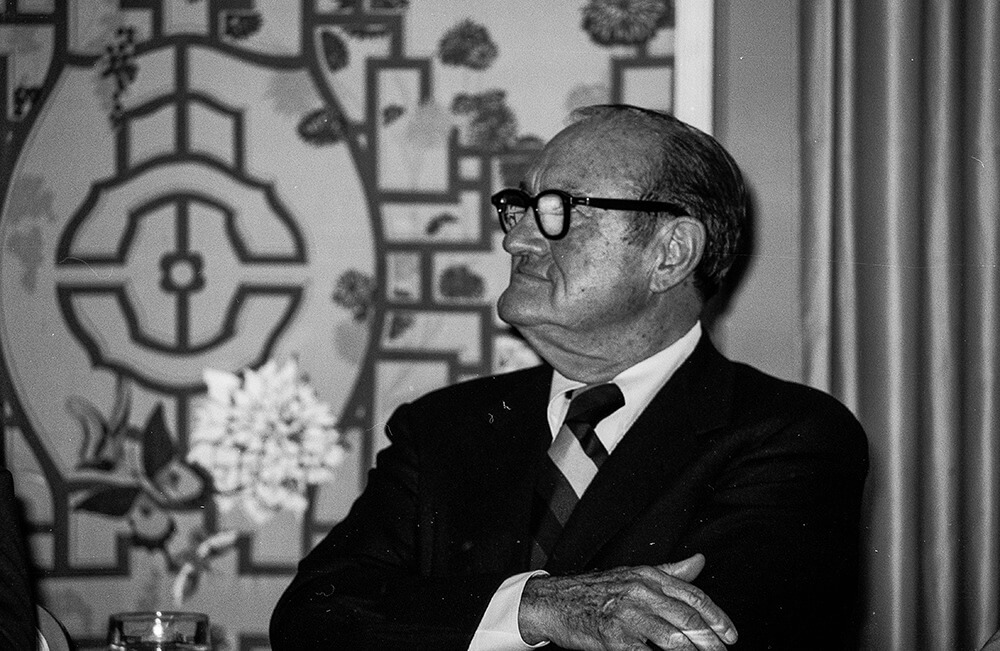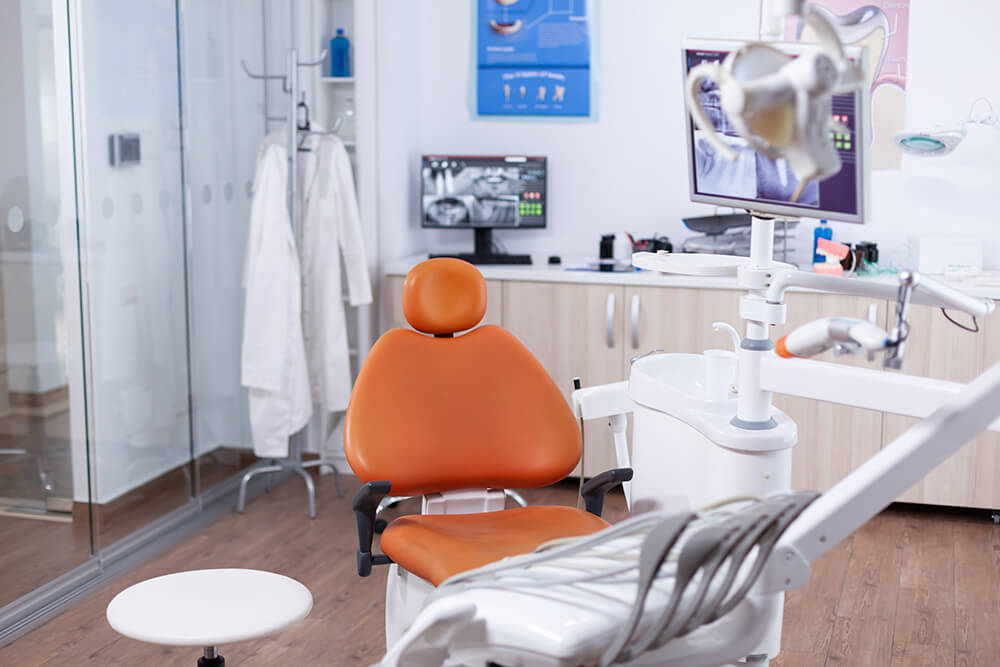The Risks of Anterior-Only Appliances
I was at the Ontario Dental Society meeting giving a presentation on occlusion, and I was asked one of the most common questions I receive when discussing anterior-only appliances: “What about tooth movement, either eruption or intrusion? Isn’t that a risk with these devices?” The answer is, yes there are risks, as with everything we do. Let’s consider the risks and how we can minimize and avoid them.
There are many types of anterior-only appliances, temporary and long term. Popular temporary anterior bite splint appliances are QuickSplint® and the Best-Bite™ Discluder from WhipMix®. NTI-tss Plus™ from NDX® National Dentex Labs is designed as a permanent anterior only and then there are the Kois Deprogrammer, Spear style deprogrammer, Lucia jigs, regular deprogrammers, Dawson B-Splints and so on. They are designed so that when the patient bites in MIP, they only touch on the front. When the patient goes into any excursive position (right, left, forward or back), they can only touch in the anterior—plastic to plastic or teeth to plastic.
We love anterior-only appliances because of their efficiency and effectiveness in eliminating posterior contact and allowing TMJ muscles to optimally relax. But we do worry about tooth movement, so how do we evaluate the risk and how do we minimize it?
There are a couple of pieces to this puzzle. We know that super eruption of the back teeth may occur if the appliance is worn more than ten hours a day, consistently over many days, even weeks, in a row. This means the risk is minimal with nighttime wear only for eight hours a night. Since we do not want patients to wear these types of appliances 24 hours a day, a patient in acute pain might be best helped with an anterior-only appliance for nighttime and a different type of appliance for daytime.
There is also a risk of lower tooth intrusion. There are two ways to deal with that. One is to make sure they have contact from canine to canine to distribute forces. Another is to make the upper anterior discluder against an appliance on the bottom that is called “a slider.” This is essentially a thicker version of an Essix retainer on the bottom to distribute the forces. I have made these appliances for many years and have not observed a problem in my own practice. I had one patient with significant deprogramming who could only touch on her first point of contact, but that was not due to tooth movement. It was because of total elimination of her masticatory muscle memory.
If you are concerned about tooth movement, I recommend making the upper discluder on a full arch Essix and then put the patient in a full arch lower Essix (lower slider) that will distribute the forces. That will prevent the problem of super eruption and should significantly minimize potential for intrusion, even though you only have midpoint contact. This is a great way to moderate the risks of tooth movement for patients who are going to wear an anterior-only appliance long term.
I would like to add, that any time you put a patient on appliance therapy, you need to see them for post-op appointments. You need to verify the appliance is working—that their signs and symptoms are going away or minimizing. And, you need to check their occlusion and mandibular position. So, I always plan multiple follow up appointments and include those in the appliance therapy fee. Even when the patient and I think everything is going great and they are wearing their appliance only at night long term, I ask them to bring their appliance to every Hygiene appointment for professional cleaning. This reminds us to ask how things are going with their appliance and gives me the opportunity to check their occlusion and make sure there are no negative consequences of the therapy. I also tell my patients to call if they notice any change in their bite. “We need to have you come in and check that right away.”
Related Course
E3: Restorative Integration of Form & Function
DATE: January 12 2025 @ 8:00 am - January 16 2025 @ 2:30 pmLocation: The Pankey Institute
CE HOURS: 41
Dentist Tuition: $ 7400
Single Occupancy with Ensuite Private Bath (per night): $ 345
THIS COURSE IS SOLD OUT Understanding that “form follows function” is critical for knowing how to blend what looks good with what predictably functions well. E3 is the phase of…
Learn More>
